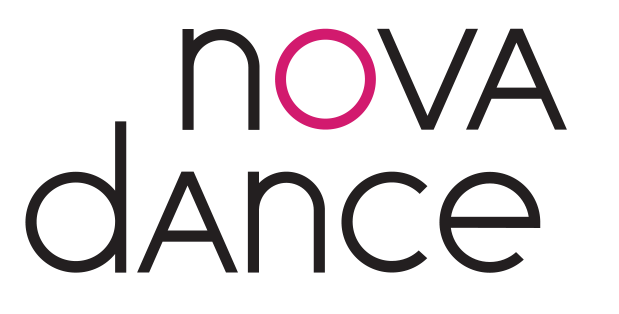Discover Dance, Digging Deeper: Irma Villafuerte
Associate Artist, Dainty Smith, has written about her experience of the December 2023 edition of Discover Dance, with artist Irma Villafuerte, hosted by Dainty Smith.
Dainty’s experience
Xilopango-The Wild Imagined Worlddrop
Irma Villafuerte is building and imagining an entire world in her new work Xilopango.
She is crafting a new world out of the old one and she’s taking the viewer with her and her dancers on the journey. Irma has been developing this work since 2019 and calls it ‘a work in process’. The work is constantly shapeshifting and rebirthing itself through Irma and her imagination. And as the audience, you are witnessing a dance work that isn’t permanently fixed, it isn’t overly choreographed, the movements and the dance story keeps shifting and changing in front of you. There is a falling away and a coming back together, that is memorizing to watch.
Xilopango is inspired by the lake in El Salvadore, where Irma’s maternal bloodline originates. This body of water is crater lake, a volcanic lake which erupted in the 5th century and is believed to have started the Dark Ages.
According to Salvadorian mythology, the Gods were fighting and that is what cause the great eruption.
Much of Irma Villafuerte’s artwork is rooted in the memory of her missing grandmother and her driving need to honour and tell the stories of her matriarchs and their displacement due to her grandmother’s forced disappearance. Irma’s storytelling world is made up of women and femmes who are purposely devoted to themselves, each other and to their ancestral magics.
You can see these elements in Irma’s artwork Xilopango. The work is intentionally land-based, it even feels mothering, it is personal and political and deeply grounded in our collective dreaming and imagination. The connection between the land and our body is shown in this work and through watching the performance, the viewer must commit to being present with themselves and with the dance work that we are watching.
Xilopango is a durational work that combines imagination and improvisation.
The dancers are sweating profusely, they’re gasping, grunting and breathing loudly.
They are pushing and working their bodies relentlessly. Their arms flail wildly, their noises are guttural, as though they themselves are erupting with sounds and emotions.
The movements are slow but urgent, still and yet full of motion and dance.
The artwork overflows with vulnerability and raw sensuality. There is so much rage in this artwork and the rage is simultaneously beautiful and ugly. There is something deeply religious about this creative work.
As the viewer, you have a feeling of witnessing something that is very private. The dancers seem alien and Goddess-like in their artistry. But they are not soft or submissive Goddesses that give and give endlessly and are easily malleable. These Goddesses are God-like warrior beings, they hold both the masculine and the feminine energies equally. They are difficult and full of surprises; they are entities and strange creatures.
“You are watching dance and movement that goes beyond the male gaze.”
In watching the dancers, their movements bring to mind the dark Goddesses and creatures of collected mythologies, the Furies of Roman mythology, the Banshee of Celtic myths, Pachamama the earth Goddess and fertility mother of South American mythology.
You are watching dance and movement that goes beyond the male gaze.
This work is not meant to disarm and seduce the viewer. The dancers are not performing for the audience, they are not performing desirability. Each of Irma’s dancers, Victoria Mata, Nickeshia Garrick, Jessica Zepeda and Siwar Soria are multidisciplinary artists and creators themselves. They each create vivid art through dance, choreography as well as visual art and their ethnicities span across Latin America and the Caribbean. And the viewer can see how each one of these dancers bring their entire histories and selfhoods to Irma’s dance work. By doing so, there is a depth and wealth that Xilopango holds while it is shapeshifting, becoming and unbecoming in front of the audience. There is a feeling of earthiness and being grounded in the dance story that is being told. This work reaches beyond Eurocentric ideology of beauty and refinedness. It goes beyond the male witnessing and the gender binary completely. For much of the performance, the audience isn’t even acknowledged by the dancers. We have a distinct sense that we are peaking past the bushes, moving them aside to watch these dancers move. Their faces are hidden by their long hair, and anytime the audience manages to see the dancers' faces, their facial expressions are distorted, eyes enlarged by righteous anger and power, hair plastered on their faces and bodies. This artwork is unflinching and uncompromising. It is at times uncomfortable to watch. And that is precisely what makes it so hard to look away.


